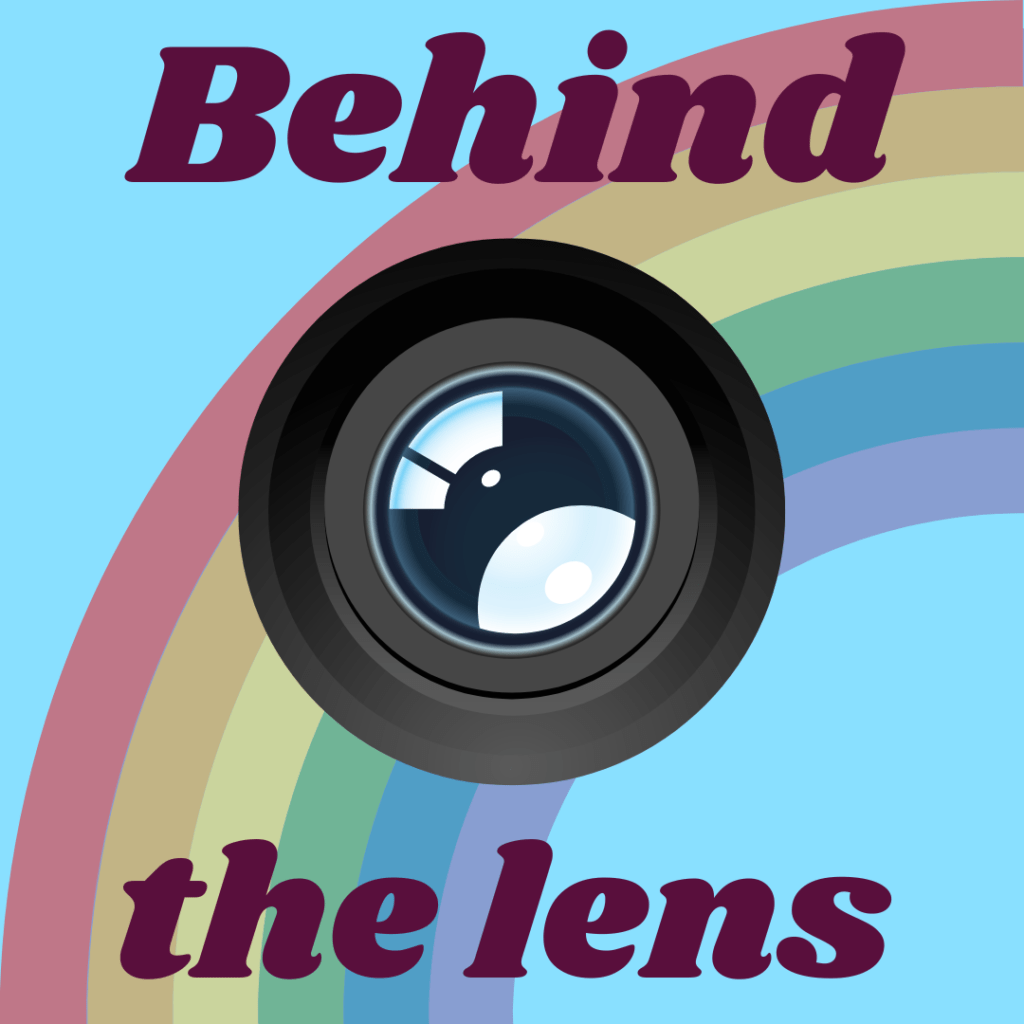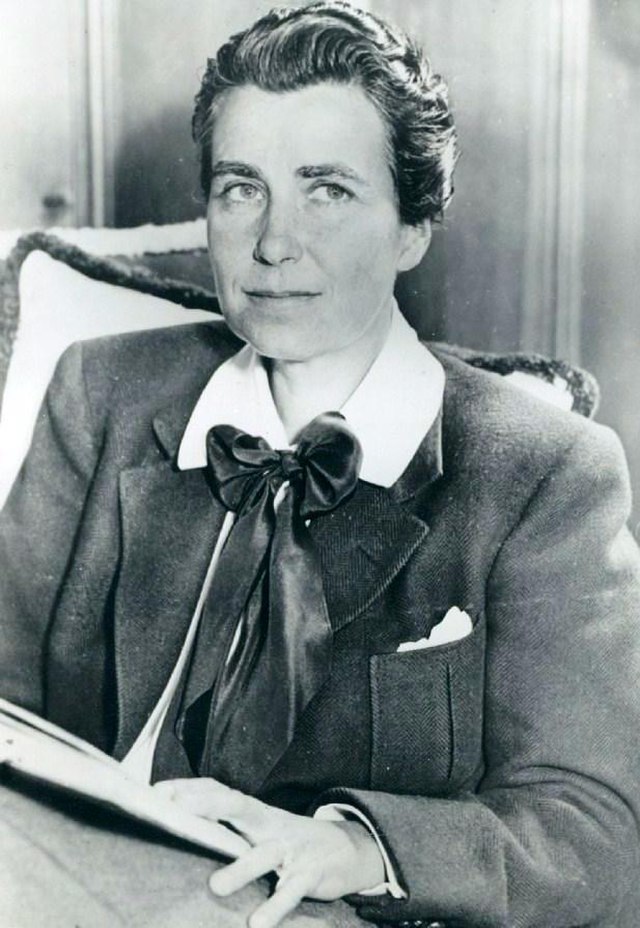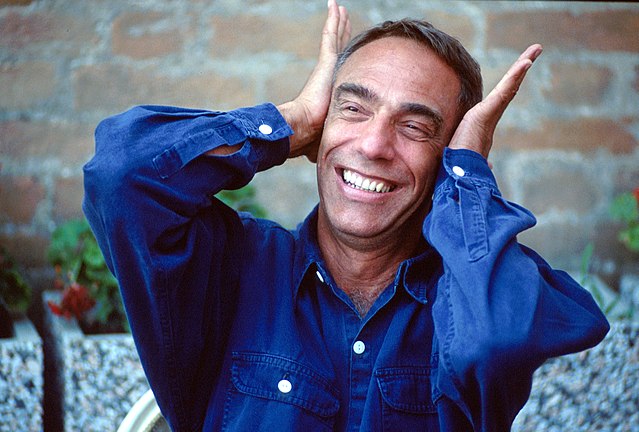Everything You Need To Know About Event Promotion!
Event planning can be stressful – the last thing you need is to worry about the promotion! Don’t panic: we’ve got plenty of tips…

Dorothy Arzner began her film career as a script typist, moving on to editing at Realart Studio – a subsidiary of Paramount – within just six months of starting. She edited 52 films for Realart before being called to Paramount’s main studio to edit their 1922 movie, Blood And Sand. Arzner was able to save Paramount thousands of dollars by shooting some scenes herself and intercutting them with stock footage. Her work caught the attention of director James Cruze, who went on to employ her as a writer and editor on several of his movies.
After gaining some notoriety, Arzner was spotted by Columbia and offered the chance to write and direct a film for them. Planning to take the offer, Arzner decided she wanted to make a point of saying goodbye to “someone important and not just leave unnoticed and forgotten.” She ended up in the office of Walter Wanger, the head of Paramount’s New York studio. It was here that she made her case for directing a Paramount movie instead. She got her way and in 1927, Fashions For Women, a comedy based on a popular play, became her first picture.
Arzner’s success in directing Fashions For Women saw Paramount quickly sign her up to direct three further silent movies, before giving her the chance to direct the studio’s first “talkie” in 1929.
A triumphant directing career followed, with Arzner becoming the first woman to become a member of the Directors Guild of America. She worked with the likes of Katherine Hepburn and Lucille Ball.
In the 1950s and 60s, Arzner began sharing her skills with a new generation of filmmakers, working as a teacher. During her time at UCLA School of Theatre, Film and Television, she taught Francis Ford Coppola.
Dorothy Arzner, whilst striving to keep her private life just that, never shied away from who she was. She often chose to dress in suits and was passionate about succeeding as a woman in a field dominated by men. Openly gay, she enjoyed a 40-year relationship with dancer and choreographer, Marion Morgan.
Dorothy Arzner died in 1979 at the age of 82.


whilst perhaps best known as a filmmaker and activist, Derek Jarman first became recognised as a stage designer. He had designed sets and costumes for ballet performances and had even worked with the legendary John Gielgud. His theatre experience spilled over into his later filmmaking, with his memoirs describing his desire to capture film in the style of a theatre rehearsal.
In 1971, he got his break into the film industry, as a production designer on Ken Russell’s The Devils.
Having begun his own filmmaking with experimental Super 8mm shorts, Jarman’s mainstream debut was Sebastiane in 1976. The movie told the story of the martyrdom of Saint Sebastian and its dialogue was entirely in Latin. It was also notable for becoming one of the first British films to depict a positive image of gay sexuality.
During the 1980s, Jarman became a prominent campaigner against Section 28 – the drive to ban “promotion” of homosexuality in schools. Jarman became deeply involved in protest and politics, using art to convey the injustices of British society. Paintings such as his Queer and Evil Queen series were enormously influenced by his own HIV diagnosis as well as his AIDS activism. Through his Queer series, Jarman played a key role in reclaiming the word, explaining in his 1992 memoir, At Your Own Risk: “For me to use the word ‘queer’ is a liberation; it was a word that frightened me, but no longer.”
Jarman’s film work also reflected these concerns, with his 1986 movie Caravaggio providing an overt depiction of homosexual love. Jarman wrote the screenplay and also directed the film. He then returned to his passion for Super 8mm and began expanding on the short films he had previously created in this format.
It was whilst making his film The Garden that Jarman first became seriously unwell. Whilst he continued to work, directing music videos for artists such as Marianne Faithfull and The Pet Shop Boys amongst other projects, he was very open about his HIV status and the illnesses he suffered as a result. By 1993, he was losing his sight and dying of AIDS-related complications. Derek Jarman passed away in 1994, aged just 52.
Screenwriter, producer and director Cheryl Dunye is a significant figure in independent and gay cinema. In 1996, the Liberian-American notably became the first out, black lesbian to direct her own feature film, with the release of The Watermelon Woman.
Dunye’s studies at Michigan State University fuelled her interest in politics and activism and left her with a deep desire to make a positive impact on the world. Realising that she could use media to achieve this aim, she enrolled in the filmmaking programme at Philadelphia’s Temple University. It was here that she made her first-ever video project.
Dunye’s earliest works are a form of narrative documentaries, which Dunye herself describes as “a mix of film, video, friends, and a lot of heart.” Her films explore subjects close to Dunye’s own life experiences, such as race, sexuality and lesbian dating culture.
In 1993, whilst doing research for a class on black film history, Dunye realised that the credits for black actresses were often left out of films. This subsequent lack of archive information inspired Dunye to create a fictional character, for whom she constructed an entire archive. Dunye was then able to use fiction to address the gaps in the official records – a creative endeavour which eventually inspired her movie, The Watermelon Woman. This won her the Teddy Award at the Berlin International Film Festival for best feature film.
A stream of writing, directing and acting credits followed in what remains an illustrious career.
Cheryl Dunye lives in California with her spouse and two children.

There are so many people we’ve not got time to mention in detail here, such as trans Filipina filmmaker, Isabel Sandoval, who in 2019 became the first trans woman of colour to ever have work displayed at the Venice Film Festival. Then there’s Maureen Bradley, whose works bring non-traditional representations of sexuality and gender to the screen.
From the trailblazers, unafraid to hide their sexuality in an age when being gay was condemned, to today’s rising stars, carrying the torch onwards, the contributions of the LGBTQ+ community to film and cinema cannot be overstated.
Don’t forget to follow along with the hashtag #BehindTheLens on social media to find more of these incredible stories.
Event planning can be stressful – the last thing you need is to worry about the promotion! Don’t panic: we’ve got plenty of tips…
In this month’s blog, we look into some of the different uses for copywriting, the tips and tricks you’ll need to keep it fresh and interesting and, lastly, whether it’s worth doing it yourself, or calling in an expert.
These days, having a website for your organisation is indispensable. Thankfully, the wealth of tools available mean that it is easier than ever to design and build your own website, but is it the right choice for you?
This women’s history month, we thought we’d take a look at some of the ways we try to accelerate action – both at work and beyond!